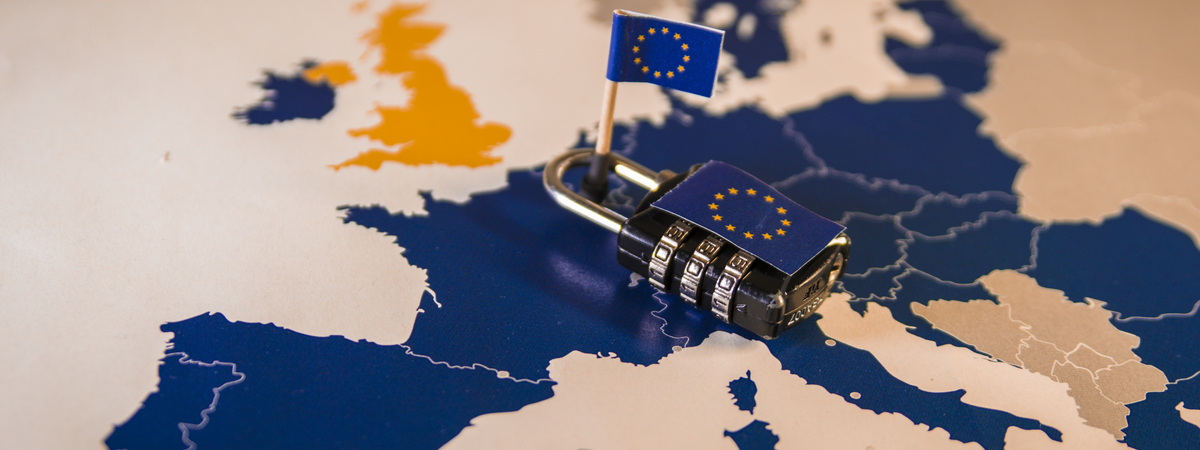The right of correction (sometimes called the “right of rectification”) refers to a person’s ability to request that a company fix any inaccuracies in the personal data it holds about them.[1] Correction is sometimes referred to as an absolute right in the context of the GDPR, because unlike some other rights conferred by the







